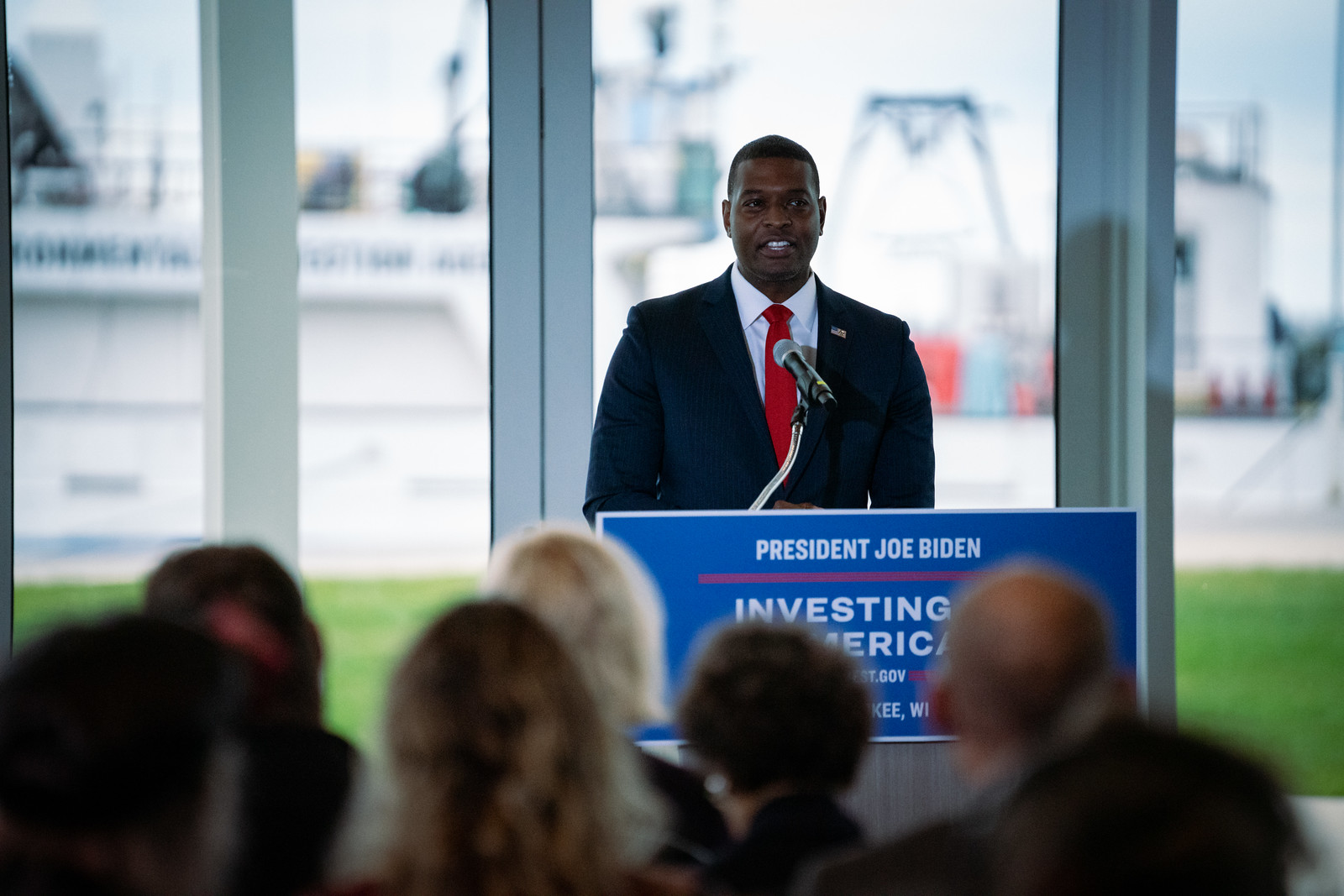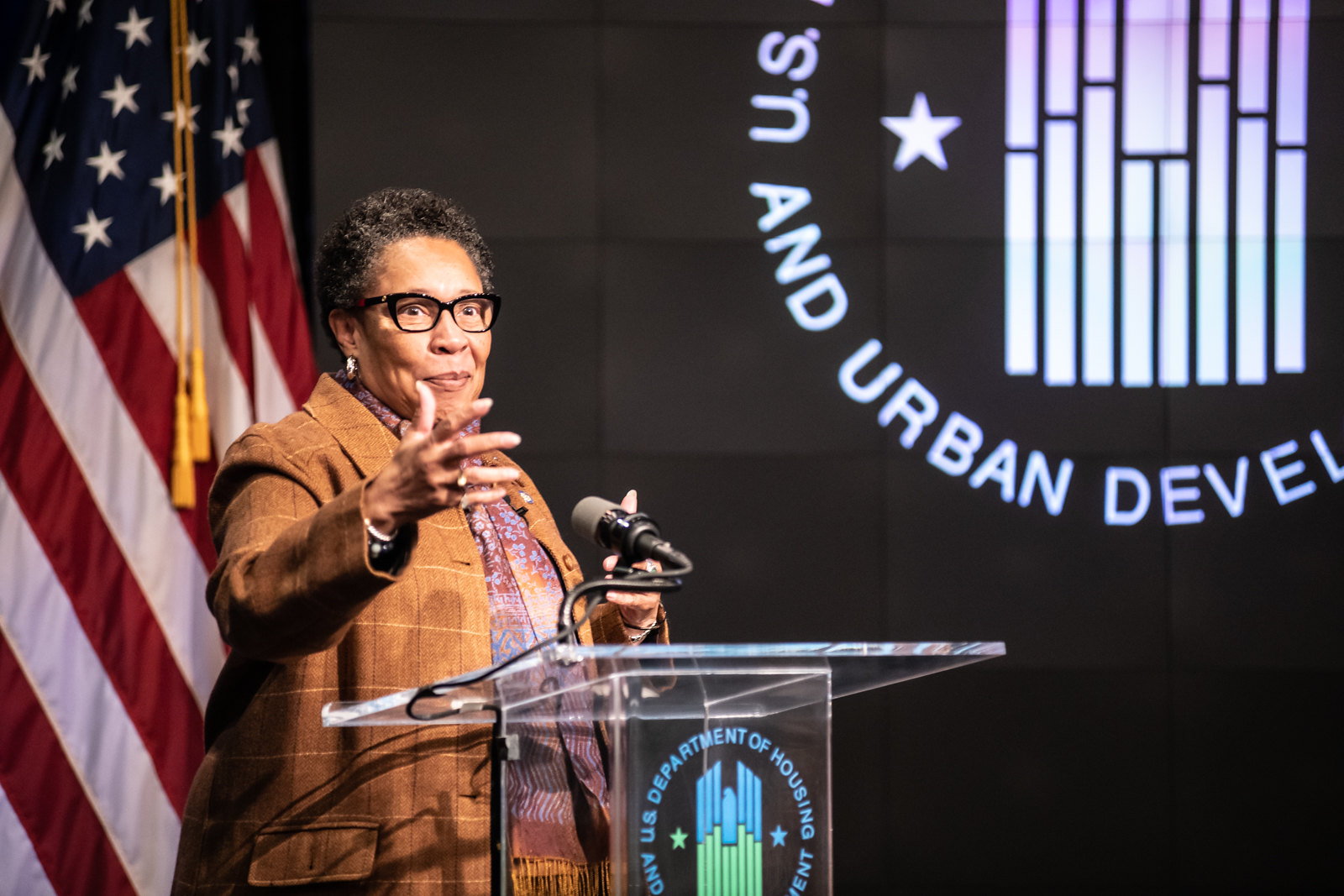We don’t often think of our homes, schools, or workplaces as sources of climate pollution, but they make up about 30 percent of our country’s total greenhouse gas pollution if you include electricity use. And though the Biden administration and leading states have begun to tackle this problem, time is running out as the president’s first term enters its last year.
Appliances that burn fossil fuels—like boilers, stoves, and others that we take for granted—are a public health crisis. Combined, fossil fuel appliances in the U.S. emit 450,000 tons of nitrogen oxides. For context, that’s more than all of the country’s fossil gas power plants combined. That’s like having an indoor tailpipe directly in your home.
Worse, Americans spend about 90 percent of their time indoors inhaling this pollution, and then are harmed again when it leaks or is vented outside, forming smog. You can see why tackling pollution from our buildings is absolutely necessary if we want to build healthier communities and a healthier planet.
President Biden Must Act Before the End of His First Term
Fortunately, the Biden administration has taken steps to address this type of pollution and set the stage for enacting bold climate policies in the building sector. The administration has finalized several standards to increase the energy efficiency of our appliances, announced a building performance standard for federal buildings, and taken steps to ensure that new funding can be put to use to accelerate the energy transition for the buildings sector. But this is just the start. The administration needs to act in the coming year to ensure that these efforts spread throughout the states and the country.
With funding for new programs beginning to flow to states through the Inflation Reduction Act (IRA), there is a need to pair these investments with strong policies to ensure that we can reduce carbon and air pollution from buildings—and do so equitably. Three agencies—the Environmental Protection Agency (EPA), the Department of Energy (DOE), and the Department of Housing and Urban Development (HUD)—are the key players in getting this done. And while each has taken initial steps, it’s critical for them to go further right now. Here’s how they can get this work across the finish line over the next year.
4 Buildings Priorities for the Biden Administration
1. EPA: Encourage states to adopt appliance pollution standards
With heating appliances emitting more NOx than power plants in some states, this will be a critical lever for meeting existing air pollution requirements, while advancing our climate goals. There is a huge opportunity to spread best-in-class appliance pollution standards nationally over the next year. EPA is reviewing plans from states across the country on how they will clean the air to comply with the Clean Air Act’s National Ambient Air Quality Standards (NAAQS).
NAAQS limit pollution from nitrogen oxides, particulate matter, and ozone, among other pollutants; states plan to meet the NAAQS “State Implementation Plans” (also known as SIPS), which EPA reviews and approves, that lay out the standards and investments needed to comply with the CAA. The key point is that state plans are supposed to incorporate the best standards set in any state to control air pollution.






